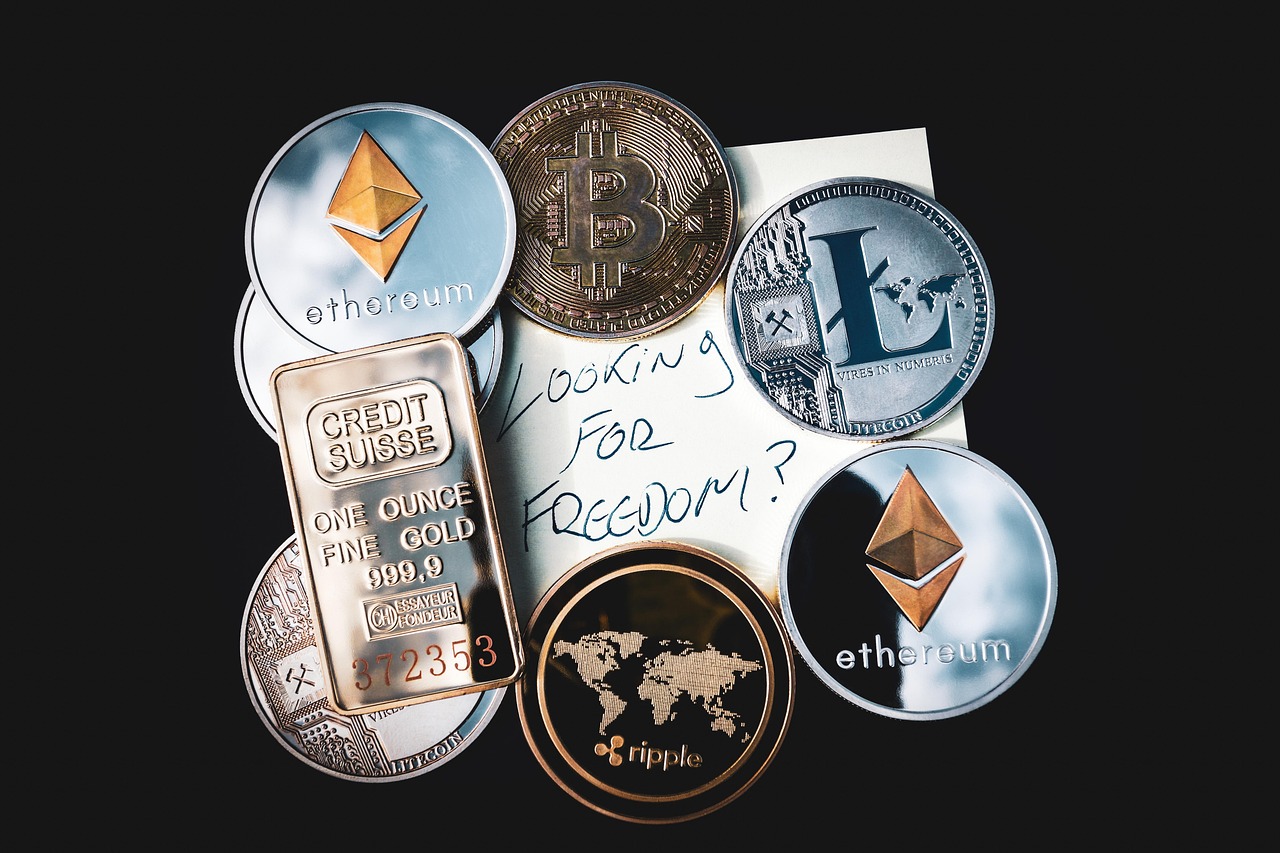As the financial world embraces digitization, the role of wealth managers is evolving beyond traditional portfolios of equities, bonds, and real estate. In today’s fast-paced, tech-driven environment, digital assets, including cryptos, tokenized securities, NFTs, and blockchain-based financial instruments are no longer fringe investments.
They are mainstream considerations, reshaping the very fabric of how wealth is built, managed, and preserved. This post details why digital asset integration matters, competencies wealth managers need, and more.
Understanding Digital Assets: Beyond the Hype
Digital assets are any assets that are created and stored electronically. This category includes a broad range of financial tools:
- Cryptocurrencies like Bitcoin, Ethereum, and Stablecoins.
- Tokenized assets, such as digital representation of real-world assets (e.g, property or art).
- Decentralized finance (DeFi) instruments that offer lending, borrowing, or yield farming.
- Non-fungible tokens (NFTs) used in digital art, gaming, and intellectual property.
- Central Bank Digital Currencies (CBDCs) that governments are actively exploring.
While cryptocurrencies have dominated headlines, the broader digital asset ecosystem is vast and rapidly evolving. It’s this expansion that wealth managers must now comprehend, analyze, and integrate into their clients’ strategies.
Why Digital Asset Integration Matters
There are three driving forces pushing digital asset integration into mainstream wealth management:
1. Client Demand
High-net-worth individuals (HNWIs), particularly younger generations and tech-savvy investors, are increasingly interested in digital assets. A 2024 survey by Capgemini showed that 71% of HNWIs under 40 have invested in digital assets or plan to do so. Wealth managers ignoring this trend risk alienating a significant and growing client base.
2. Portfolio Diversification
Digital assets offer new opportunities for diversification. Bitcoin, for example, has been touted as a non-correlated asset compared to traditional equities. While volatile, such assets can provide counter-cyclical benefits and act as hedges against inflation, depending on the asset type and macroeconomic environment.
3. Technological Advancements in Custody and Compliance
Custodial solutions have matured. From cold wallets to insured, institutional-grade custodians. The infrastructure for securely holding assets is far more robust than it was five years ago. Simultaneously, regulators in the UK, EU, and US. are beginning to provide clear frameworks, which gives wealth managers a more stable foundation on which to build digital asset strategies.
Core Competencies Wealth Managers Need Today
Wealth managers must now become conversant in new domains. Here are key competencies they should develop to responsibly integrate digital assets into client portfolios.
1. Asset Classification and Risk Assessment
Digital assets span a wide risk spectrum. Some behave more like speculative investments (memecoins), while others represent claims on tangible assets (tokenized real estate). Understanding the risk, liquidity, and valuation mechanisms of each type is vital.
Risk profiling must also evolve. Traditional questionnaires may not capture a client’s appetite for decentralized governance, smart contract risk, or platform risk associated with DeFi instruments.
2. Taxation and Reporting Guidance
Digital assets bring unique tax considerations. Capital gains rules, income from staking or yield farming, and treatment of NFTs all vary and are frequently updated by regulatory authorities. A competent wealth manager must collaborate closely with tax professionals to ensure compliance and help clients avoid costly mistakes.
Insolvency concerns around digital assets and crypto platforms have also led to increased demand for expert advice. Firms like Bailey Ahmad Business Recovery specialize in supporting individuals and companies navigating complex financial challenges.
3. Custodial and Security Knowledge
Understanding wallet types (hot vs. cold storage), private key management, and how third-party custodians work is now part of the due diligence process. Educating clients about self-custody risks and vetting custodial partners is no longer a tech conversation–it’s about doing what’s right for the client..
4. Legal and Regulatory Navigation
With regulations still evolving, especially around decentralized platforms and ICOs, managers must stay informed. Working with legal teams or compliance officers who are proficient in digital asset law is a must.
In the UK, the Financial Conduct Authority (FCA) has been active in bringing clarity to digital asset promotions and requiring registration for crypto-related businesses. Wealth managers must ensure any third-party solutions they engage with meet regulatory standards.
5. Client Education and Communication
Perhaps the most underrated skill is communication. Clients may be enthusiastic about crypto but unaware of the risks, tax implications, or volatility. Wealth managers must balance client interest with a grounded, education-based approach that builds trust over time.
Educational seminars, client newsletters, and one-on-one sessions can help demystify digital assets. They show clients that their wealth manager is informed, up-to-date, and acting in their best interests.
Integrating Digital Assets into a Holistic Wealth Plan
Digital assets should not be siloed. Their integration must align with broader wealth management objectives such as estate planning, philanthropy, retirement goals, and tax minimization. Here’s how wealth managers can create a cohesive strategy:
- Position Sizing: Most advisors recommend limiting digital assets to a small percentage (1-10%) of the total portfolio, depending on the client’s risk appetite.
- Rebalancing: Volatility can skew allocations quickly. Setting automatic rebalancing thresholds helps maintain strategy discipline.
- Estate and Legacy Planning: Ensuring heirs know how to access digital wallets, creating digital asset trusts, and avoiding probate pitfalls are crucial next steps.
- Insurance: As the market matures, some insurers are offering policies for digital asset theft or loss. This can provide another layer of protection for clients.
Looking Ahead: The Future of Digital Asset Integration
Digital asset adoption in wealth management is not a passing trend, it’s a paradigm shift. As tokenization expands to more asset classes, we may soon see the tokenization of private equity, fine art, luxury goods, and even pension schemes. Smart contracts could automate distributions, interest payments, and compliance in ways that reduce overhead and enhance transparency.
Moreover, the development of Central Bank Digital Currencies (CBDCs) may bridge traditional finances and the digital asset world, offering government-backed digital currencies as a stable foundation for everyday financial activity.
The wealth managers of the future won’t just be a financial expert. They will be a guide through the digitized economy, a translator of emerging trends, and a protector of value in both physical and digital realms.
EndNote
As digital assets continue to evolve and embed themselves into the financial mainstream, wealth managers have an opportunity and responsibility to adapt. By gaining fluency in digital finance, updating risk frameworks, and providing clients with balanced informed guidance, they can remain indispensable in a changing world.























